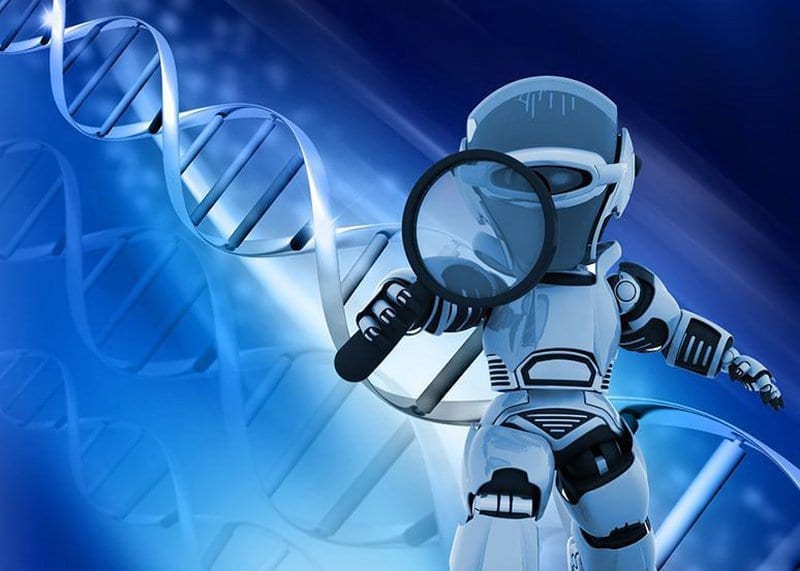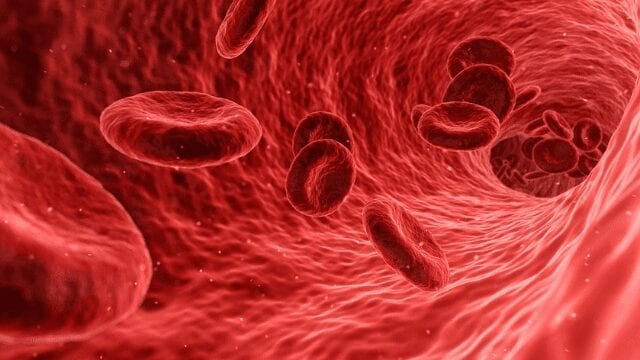
New stochastic separation theorems proved by University of Leicester mathematicians could enhance capabilities of artificial intelligence
Errors in Artificial Intelligence which would normally take a considerable amount of time to resolve could be corrected immediately with the help of new research from the University of Leicester.
Researchers from the University of Leicester’s Department of Mathematics have published a paper [1] in the journal Neural Networks outlining mathematical foundations for new algorithms which could allow for Artificial Intelligence to collect error reports and correct them immediately without affecting existing skills – at the same time accumulating corrections which could be used for future versions or updates.
This could essentially provide robots with the ability to correct errors instantaneously, effectively ‘learn’ from their mistakes without damage to the knowledge already gained, and ultimately spread new knowledge amongst themselves.
Together with Industrial partners from ARM, the algorithms are combined into a system, an AI corrector, capable of improving performance of legacy AIs on-the-fly (the technical report is available online [2]).
ARM is the world’s largest provider of semiconductor IP and is the architecture of choice for more than 90% of the smart electronic products being designed today.
Professor Alexander Gorban from the University of Leicester’s Department of Mathematics said: “Multiple versions of Artificial Intelligence Big Data analytics systems have been deployed to date on millions of computers and gadgets across various platforms. They are functioning in non-uniform networks and interact.
“Industrial technological giants such as Amazon, IBM, Google, Facebook, SoftBank, ARM and many others are involved in the development of these systems. Performance of them increases, but sometimes they make mistakes like false alarms, misdetections, or wrong predictions. The mistakes are unavoidable because inherent uncertainty of Big Data.
“It seems to be very natural that humans can learn from their mistakes immediately and do not repeat them (at least, the best of us). It is a big problem how to equip Artificial Intelligence with this ability.
“It is difficult to correct a large AI system on the fly, more difficult as to shoe a horse at full gallop without stopping.
“We have recently found that a solution to this issue is possible. In this work, we demonstrate that in high dimensions and even for exponentially large samples, linear classifiers in their classical Fisher’s form are powerful enough to separate errors from correct responses with high probability and to provide efficient solution to the non-destructive corrector problem.”
There is a desperate need in a cheap, fast and local correction procedure that does not damage important skills of the AI systems in the course of correction.
Iterative methods of machine learning are never cheap for Big Data and huge AI systems and therefore the researchers suggest that the corrector should be non-iterative with the reversible correctors needed to reconfigure and merge local corrections.
Dr Ivan Tyukin from the University of Leicester’s Department of Mathematics said: “It is often infeasible just to re-train the systems for several reasons: they are huge and re-training requires significant computational resources or long time or both; it may be impossible retrain the system locally, at the point where mistake occur; and we can fix one thing but break another leading to that important skills could vanish.
“The development of sustainable large intelligent systems for mining of Big Data requires creation of technology and methods for fast non-destructive, non-iterative, and reversible corrections. No such technology existed until now.”
The researchers have discovered and proved stochastic separation theorems which provide tools for correction of the large intelligent data analytic systems.
With this approach, instantaneous learning in Artificial Intelligence could be possible, providing AI with the ability to re-learn following a mistake after an error has occurred.
Learn more: New theorems help robots to correct errors on-the-fly and learn from each other
The Latest on: Self-learning robots
[google_news title=”” keyword=”self-learning robots” num_posts=”10″ blurb_length=”0″ show_thumb=”left”]- Europe taps deep learning to make industrial robots safer colleagueson April 26, 2024 at 1:07 am
European researchers have launched the RoboSAPIENS project to make adaptive industrial robots more efficient and safer to work with humans.
- Litter-Robot 4 Vs. 3 Connect: Which Automatic Litter Box Should You Get?on April 25, 2024 at 9:02 am
The name “Litter-Robot” has practically become synonymous with self-cleaning litter boxes. While there are other reputable brands in the space, Litter-Robots’s models are known as the crème de la ...
- Box Office: The Lupita Nyong’o-Voiced ‘Wild Robot’ Makes Small Change to September Release Dateon April 24, 2024 at 7:22 pm
The DreamWorks Animation film is an adaptation of Peter Brown's literary sensation about a bot named Roz who is shipwrecked on an uninhabited island — at least by humankind.
- Whisker Litter-Robot 4 review: This $700 self-cleaning litter box outperformed every other box we testedon April 24, 2024 at 2:01 pm
The Whisker Litter-Robot 4 is a reliable self-cleaning litter box. We weighed its pros and cons against eight other automatic boxes before naming it the best.
- This robot can predict a smile before it happenson April 24, 2024 at 11:17 am
STORY: This AI-integrated robotic face can predict a smile before it happens.It's called Emo and it can anticipate and mimic human facial expressions.Engineers at Columbia University’s Creative ...
- Litter-Robot 4 Review: The Best Self-Cleaning Litter Box On The Marketon April 23, 2024 at 6:00 pm
From design specs to ease of use, here’s my full Litter-Robot 4 review—alongside some helpful feedback from my cats. There’s arguably no model on the market more coveted.
- I tested Roborock's most expensive robot vacuum and found 4 reasons to buy iton April 23, 2024 at 5:48 pm
The Roborock S8 MaxV Ultra brings all the suction power and smart features needed to keep your house clean, but it's not perfect.
- ‘I have arrived’: Israel unveils headless humanoid robot Menteeboton April 23, 2024 at 7:51 am
Israel’s Mentee Robotics has just unveiled its artificial intelligence (AI)-enabled household chore robot, Menteebot. After two years of research and development, the new robot certainly looks ...
- This Wi-Fi robot vacuum is discounted from $199 to $79on April 22, 2024 at 4:45 am
The iHome AutoVac Juno Robot Vacuum is an incredibly cheap robot vacuum which has many of the key benefits you need. It's on sale right now.
- The week's best robot vacuum deals: Catch the Roomba j7 at 50% offon April 19, 2024 at 2:00 am
Only three things are certain in life: Death, taxes, and a few days each month when you need to vacuum but just don't have time. Whether you detest the chore or hope to make your home upkeep a bit ...
via Google News and Bing News










